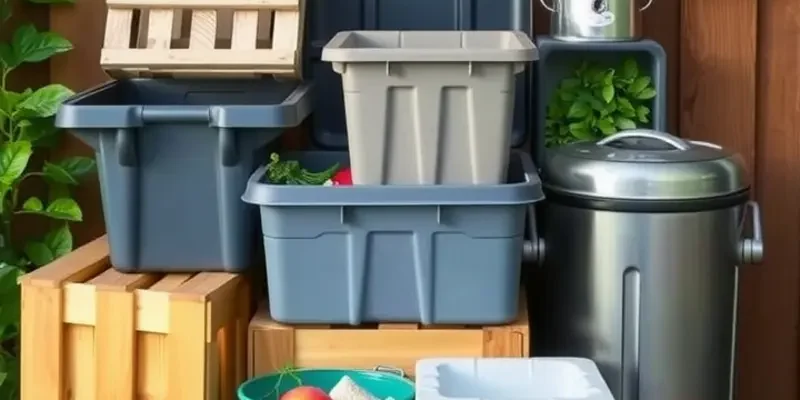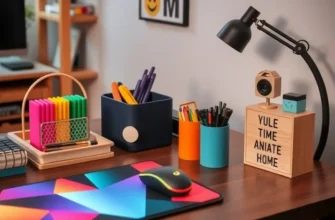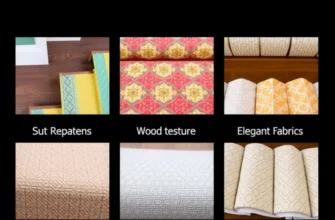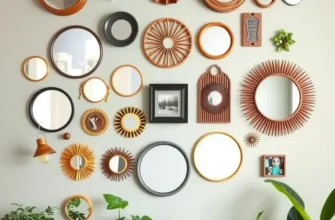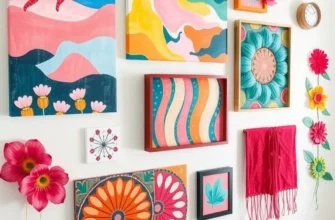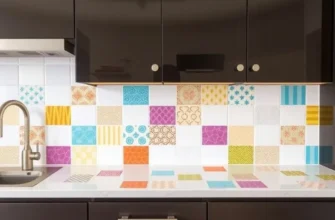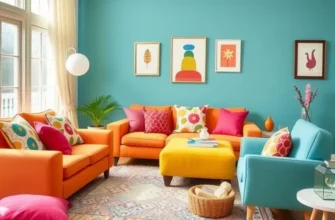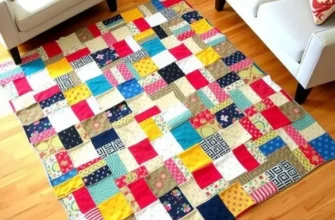Are you a creative renter eager to make sustainable choices without the hassle of permanent installations? Look no further than your very own compost bin! Perfect for young professionals, students, and families, a DIY compost bin allows you to transform waste into nutrient-rich soil while personalizing your space. Plus, it’s budget-friendly and can suit any aesthetic, whether you prefer rustic designs or sleek modern looks. This guide will take you through easy steps to create a stylish and functional compost bin that reflects your personality and values. Say goodbye to waste and hello to greener living!
Choosing the Right Materials for Your Compost Bin
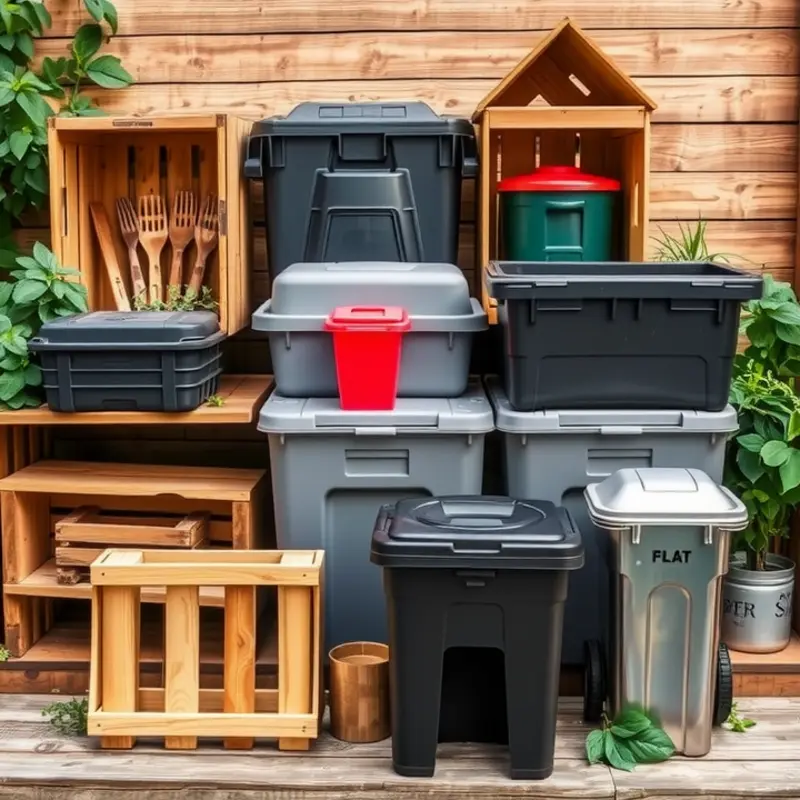
To start crafting your own renter-friendly compost bin, selecting the right materials is crucial. This approach not only aligns with sustainable practices but also adds style to your living space. Depending on your preference, you can repurpose items you already have or purchase inexpensive materials that blend with your home decor.
Repurposed Materials
Begin by exploring your home for items that could be transformed into a compost bin. Wood crates are excellent choices for a rustic aesthetic. They provide good airflow and a charming appearance that can complement a cozy space. Inspect the wood for any signs of rot or degradation to ensure it will withstand regular use.
Another option is using a discarded trash can. This is especially viable if you have limited space and need an upright bin. Opt for a plastic or metal bin that has endured its lifespan as a trash can but can still serve as a functional compost bin. Drill small holes around the top and bottom to maintain optimal airflow.
New Purchase Options
If your current possessions don’t include suitable options, consider affordable items that also match your aesthetic requirements. Wooden pallets can be disassembled to create a unique, custom-sized bin. These can be found at local warehouses or stores often willing to give them away for free. Not only do they provide a sturdy structure, but they can also be painted or stained to suit your style preferences.
Plastic bins are another versatile choice. Available in various sizes, they offer a lightweight and portable solution. Ensure the plastic is thick enough to withstand composting processes and isn’t prone to breaking. A benefit of using a plastic bin is its ease of modification – simply add holes for ventilation.
For a sleek, modern touch, a stylish metal container delivers practicality and a contemporary look. Metal is durable and can last through years of composting, but ensure it’s treated to resist rust, especially if placed outdoors. Select one with a lid to keep any unwanted pests away.
Space and Aesthetic Considerations
Evaluating your living space is essential. For small apartments, vertical solutions like stackable bins help maximize space without sacrificing functionality. Choose colors and finishes that complement your existing decor for a cohesive look. This layer of personalization makes it easy for the compost bin to blend seamlessly into your home environment.
If you’re interested in more creative projects to enhance your rental space, consider exploring small space renter DIY projects. These projects can help you make the most of limited spaces while adding personalized charm to your home.
The key to a successful composting journey is selecting the materials that best align with your specific needs and aesthetics. Whether repurposing objects you already own or sourcing new materials, let your choices reflect both sustainability and personal style.
Assembling Your Compost Bin Step-by-Step
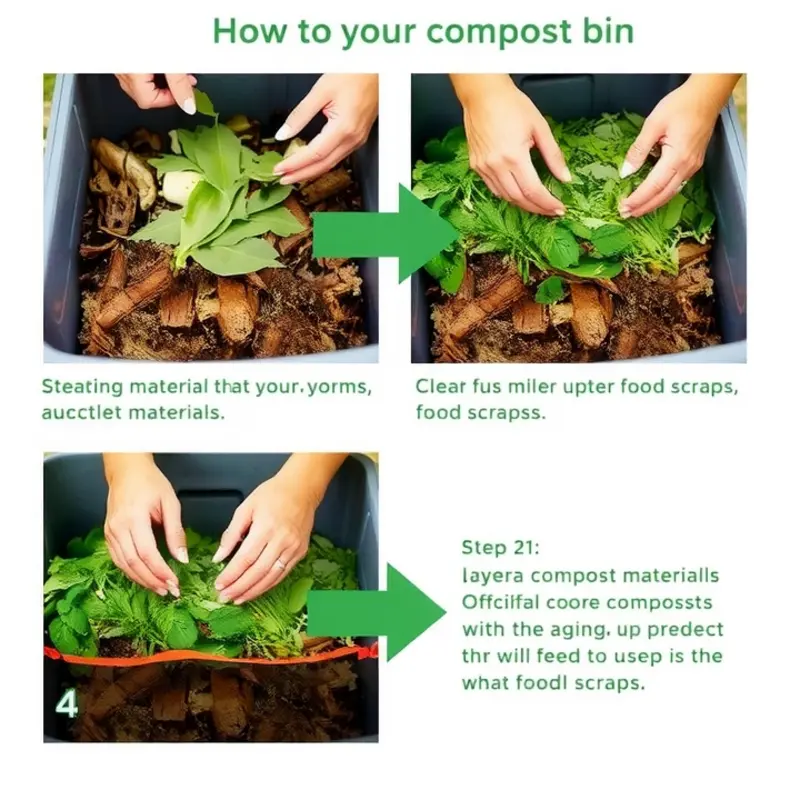
Now that you’ve gathered your materials, it’s time to assemble your compost bin! Whether you’ve chosen a wooden or plastic model, follow these simple steps to create your own eco-friendly system in a rental space.
Select a Location:
The first step is selecting the perfect spot. Choose a place that’s easily accessible to your kitchen, enabling you to quickly discard food scraps. Look for an area with natural shade, which helps maintain a cooler compost environment and prevents excessive drying. Shade is particularly important if you’re living in a region with high temperatures.
Prepare Your Base:
For those opting for wooden bins, ensure the ground where your bin will sit is somewhat uneven or slightly damp. This encourages airflow, which is crucial for the decomposition process. If you’re using a plastic bin, find a stable surface to place it on. Balance is key to avoid any accidental spills, especially during the mixing process.
Construct the Bin:
Now, move on to constructing your bin. If you’re using wooden pallets, stack them securely to form a square or rectangular enclosure. Ensure there are gaps for adequate airflow. For those using a plastic bin, you may need to drill small holes around the sides to allow for ventilation, which aids in preventing foul odors and accelerating composting.
Layering:
Once your bin is set up, start the layering process. Begin with coarse materials at the bottom, like twigs or small branches. This helps with drainage and aeration. On top of the coarse layer, add kitchen scraps and garden waste. To cap it off, place a layer of dry leaves or shredded cardboard. This balances the moisture levels and keeps pests at bay.
Maintenance:
Maintaining your compost bin is essential for effective decomposition. Mix the contents weekly to incorporate Oxygen, speeding up the breakdown of materials. Monitor moisture levels regularly; your compost should be as damp as a wrung-out sponge. Too wet? Add more dry materials like shredded paper. Too dry? Spritz with a bit of water.
With these straightforward steps, you are now on the path to having a fully operational and attractive composting system. Remember, composting not only reduces waste but enhances the quality of soil for future planting projects, even if you’re enjoying the small scale of rental living. For more ways to enhance your living space creatively, you can explore different small space renter DIY projects.
Final words
Building your own compost bin is an innovative way to blend sustainability into your rental lifestyle. Not only will you reduce waste and contribute to a healthier environment, but you’ll also create a stylish feature in your home that reflects your personal flair. Remember, every small effort counts towards a greener planet, and by composting, you’re providing nutrients for plants and enriching the soil. So gather your materials, ignite your creativity, and let your compost bin tell your story!

